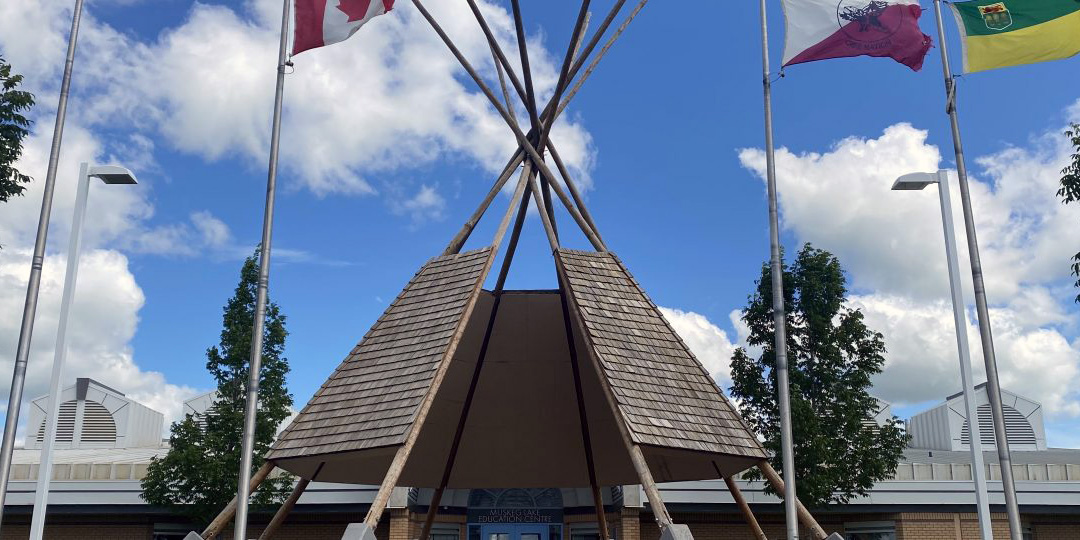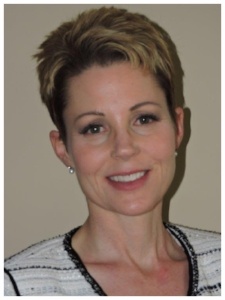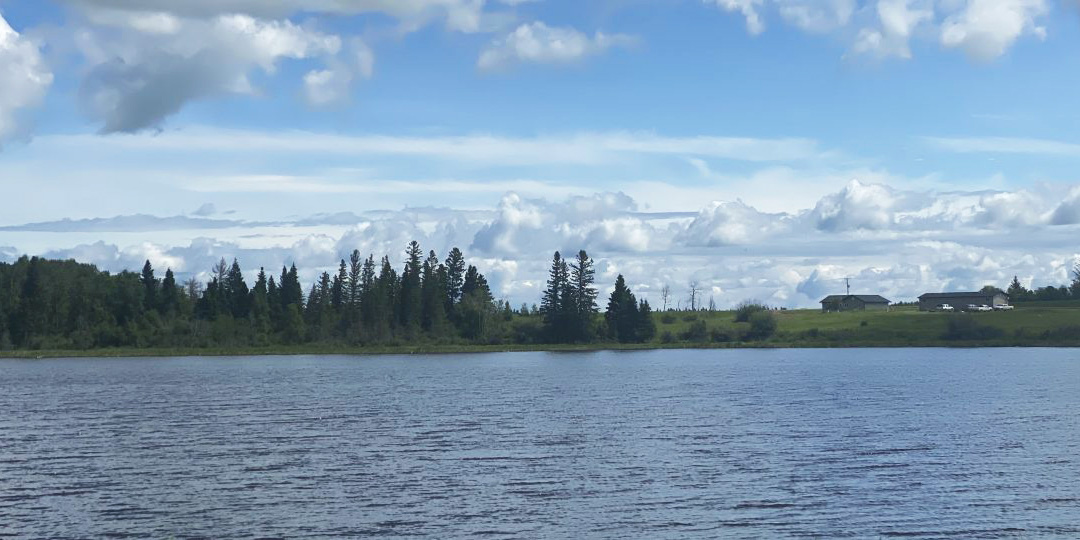Poorer Health - #1 of 8 Key Issues for Indigenous Peoples in Canada
Destabilizing Indigenous health The enjoyment of the highest attainable standard of health is one of the fundamental rights of every human being...

The first urban reserve in Canada was created in 1988 in the City of Saskatoon. The relationship between Saskatoon and Muskeg Lake Cree Nation (MLCN) was unique at the time but thankfully is no longer as urban reserves are becoming more common. Saskatoon now has five urban reserves and four Treaty Land Entitlement (TLE) selections. TLEs are lands that have been selected and acquired with funds under the Treaty Land Entitlement (1992) Framework.

We spoke with Laura Hartney, Regional Planning Manager, City of Saskatoon about the then unique relationship between the City of Saskatoon and the Muskeg Lake Cree Nation and the beneficial impact of urban reserves. Laura also has some great tips for municipalities and for First Nations to consider when exploring the development of an urban reserve.
The Mayor at the time was Cliff Wright (1976 to 1988), who was also asked to be the first treaty commissioner for the federal government, which is quite remarkable for a non-Indigenous person. Mayor Wright was a businessman who had very good relations with the Indigenous community and a vision of economic inclusion of Indigenous people in the community. Mayor Wright created the inclusive culture that subsequent mayors, all elected officials, senior management and staff have followed.
In terms of Treaty Land Entitlement, it’s an outstanding treaty obligation. It’s a wrong that needed to be rectified. One of the slogans of the Office of the Treaty Commissioner is “we are all treaty people” and that is one of the foundations for how we approach urban reserve development. This also fits within the Calls-to-Action of the Truth and Reconciliation Commission. We all have a role to play in reconciliation.
Another aspect is 13% of Saskatoon’s population self-identifies as Indigenous. TLE selections and urban reserves create significant opportunities for the Indigenous population. So, in terms of a municipality, if you could do something that would help 13% (and counting) of your population you would do it. There are significant spinoff effects across your entire community – it creates economic opportunities, more opportunities for business, employment, social and cultural development, opportunities to bridge the gap between Indigenous and non-Indigenous people and to really celebrate the diversity.
The MLCN reserve was raw land at the edge of the city in an area that was ripe for redevelopment. It brought new investment into the area and lifted the area up. All of the urban reserves and TLE selections in and around the City of Saskatoon are for economic development purposes so are commercial or industrial sites. The surrounding communities see what a difference these sites make and how they fit into the urban fabric.
Land use and development on urban reserve land are consistent with that of non-reserve land. In terms of municipal services, we provide the same services to reserve land that are provided to other lands. In return, we receive a fee for service that is equivalent to what the municipal taxes would have been. It’s absolutely a level playing field.
Laura is the Manager of the Regional Planning Section for the City of Saskatoon. The Regional Planning Section works with First Nations who are selecting land as Treaty Land Entitlement or creating Reserves in the Saskatoon region. The Section provides information to First Nations about the planning process and helps negotiate compatible land use agreements between the City and First Nations. Laura is a graduate of the Regional and Urban Planning program at the University of Saskatchewan. Before joining the City, she worked as a community planner for the provincial government, the Rural Municipality of Corman Park that surrounds Saskatoon, and a private consulting firm.
Featured photo: Muskeg Lake Cree Nation

Destabilizing Indigenous health The enjoyment of the highest attainable standard of health is one of the fundamental rights of every human being...

Paul K. Ledoux, Council Member, Muskeg Lake Cree Nation was a guest speaker at the Urban Reserves Forum in Winnipeg in early March 2016. Paul...

When we prepare an article for our blog, Working Effectively with Indigenous Peoples®, we put considerable thought into the title - how will it...